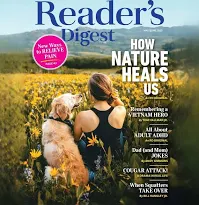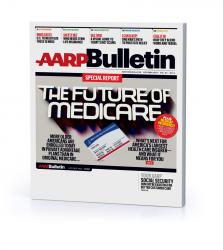Titles With Long Tales and Long Tails
I found lots of “food” for content creation thought in the May/June issue of Reader’s Digest; it struck me that this May/June 2025 issue has even more than usual to teach us about choosing titles….
Surprises: These piqued my curiosity – What hadn’t I heard?
- Unexpected/ purposely mistaken word use: Have You Herd? (on the topic of the great elephant migration)
- Simile with a twist: A Tight-Knit Community (on the topic of crafters finishing abandoned knitting and crocheting projects to raise charitable dollars)
- Slow Your Roll: expecting an article on driving or working out in the gym, instead I found data about how Americans prefer to install toilet paper rolls!
- Paying Attention to ADHD: Clever juxtaposition – “paying attention” to attention deficit disorder
Sound tracks:
Models, Mistresses, & Muses is an example of alliteration; The Sad Tale of the Soft Sale illustrates both alliteration (repeated consonants)and assonance (repeated vowel sounds)
“Huh”/”Oh!” Titles
Using the element of surprise to lure readers’ attention is a favorite technique of book authors, I’ve found. While titles that pique curiosity can entice readers to open the book, in order to clarify what the subject matter is, authors often use what I call “Huh/Oh” titles. The “Huh?s” need subtitles to make clear what the article is about; “Oh!’s” titles are self-explanatory. For example, one title that caught my eye at a bookstore display was “The Invisible Kingdom”. It might have been about mythology, ESP, or geography, for all I knew. The “Oh!” subtitle read “Reimagining Chronic Illness”, shedding light on the real subject.
Long tail keywords
In online marketing, long-tail keywords (longer, more specific phrases), are used in search engine optimization to attract niche customers. Because “long-tails” often have lower competition, they help make it easier to rank higher in search results.
As marketers, we know that titles, along with their tales – and/or tails – are the way to convey to readers that we’d like to have them “c’mon in”!






Follow us online!